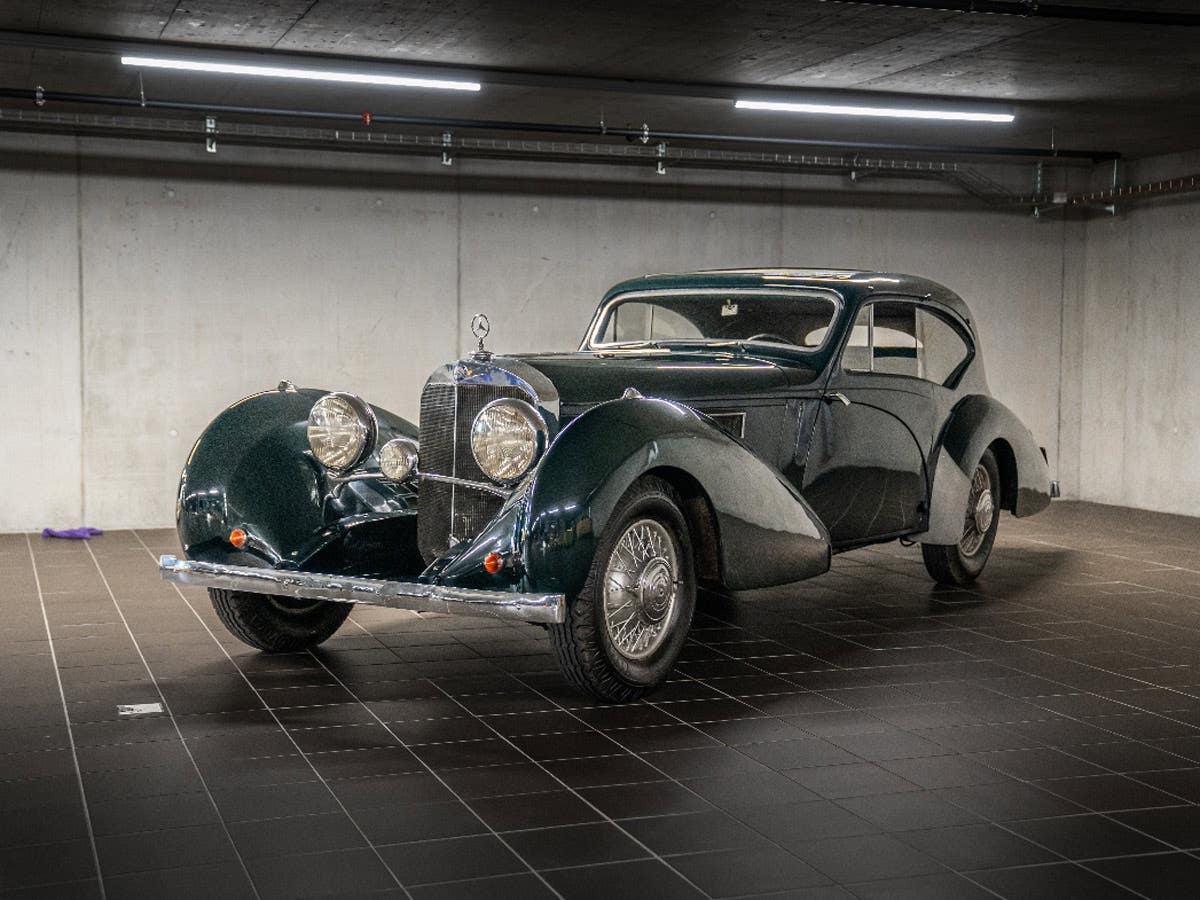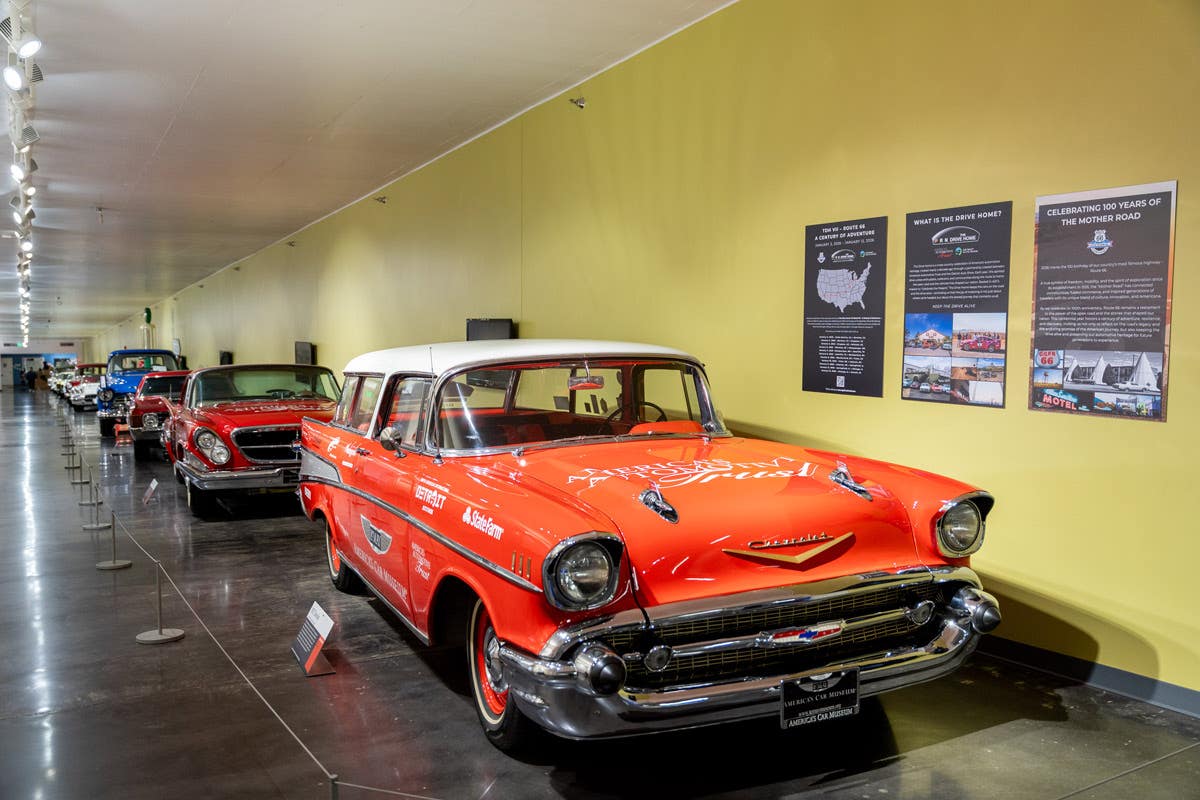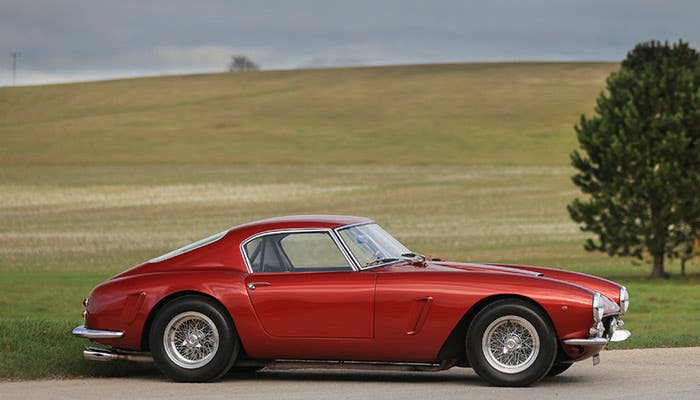Lincoln was, for years after its acquisition by Henry Ford in the 1920s, a showcase for the talents of Edsel Ford, his only son. On occasion, when the constraints of turning a profit would permit him, Edsel turned his talents to the creation of exotic one-off models for him, select associates and close friends.
In the late 1930s, one of these creations spawned a legend, a vehicle that would become synonymous with luxury for almost two decades. While all of Edsel Ford "specials" garnered a great deal of attention, this particular prototype, dubbed the Continental, resulted in a flurry of inquiries as to the possibility of production models being made available.
For dealers who sold the luxurious Lincoln, the year 1940 marked the beginning of a new era. The stately stance, the grille that evoked prestige and the flowing lines that elevated the new Continental to something akin to rolling sculpture mesmerized most clients, regardless of their allegience to another automobile manufacturer.
Even when compared to top-of-the-line Cadillac or Packard models, the Continentals, being limited-production models, had the prestige factor, which ensured sales. Through the abbreviated 1942 model year, Lincoln carefully crafted but 886 convertibles and 1,104 coupes, according to the "Standard Catalog of Ford, 1903-2003."
Its selection as the pace car for the 1946 Indianapolis 500 ensured the Continental would begin the postwar period representing the pinnacle of luxury car styling. With little modification, production of the Continental would continue through 1948.
If the top-of-the-line Lincoln seemed dated in comparison to the competition before the war, the contrast was now even more striking. Cadillac offered a refined version of the V-8 that was introduced in 1936 and used as the power plant for the M5 and M24 tanks during the war. Lincoln, by contrast, offered the only V-12 still produced by an American manufacturer.
The Cadillac engine was a credible performer, even for the heavier models. Horsepower was rated at a respectable 150, but the 274 lb-ft of torque were more than adequate.
The Lincoln engine, rated at 125 hp, was adequate before the war, but with the addition of 300 lbs. in the postwar models, it was almost anemic. About the only improvement to the 1946-'48 models was a revised oil pump that resolved many of the earlier problems that had resulted in a higher percentage of bearing failure.
The Continental would be briefly retired for the 1949 model year. However, the idea of a limited-production model that was stunning in its styling stayed with management at Lincoln, and, in 1955, the Continental was resurrected as an entirely separate division of Ford Motor Co. Looking like a large, luxurious Thunderbird coupe, the new Continental Mark II carried an astounding price ' $9,538, compared to $5,381 for a top-of-the-line Lincoln Premiere convertible ' ensuring limited production.
For 1958, the Continental once again became a part of the Lincoln family and represented the top of the line. This status would continue for 1959 and 1960. Then, the Continental to end all Continentals, the suicide-door four-door sedan and four-door convertible, made famous as the car in which President Kennedy was assassinated, was introduced for 1961.
Intended initially as a showroom drawing card was the convertible. As a result, it should be no surprise to learn that production and sales were quite low. For 1963, just 3,138 units were sold.
For 1964 and 1965, the two body styles remained the only ones available. The rear doors were still hinged at the rear, the grille and trim received a minor face-lift, but the overall length was stretched to 216.3 inches. For 1966, these mammoth highway cruisers were stretched again, this time five inches in length and one inch in width.
Also new for 1966 was a two-door coupe and a new 462-cid V-8 engine that developed 340 hp and 485 lb-ft of torque at 4,600 rpm! Motor Trend tested the coupe which, at 5,200 lbs., was the lightest of the three models. Testers came away impressed with the car's 0-60 time of 10.8 seconds and a top speed that hugged 125 mph.
However, the trade-off was in fuel economy; gas mileage was almost non-existent, with a best average of 13 mpg. Nevertheless, if you could afford $6,500 for a car when a new Chevy truck could be had for under $1,700, then you were not concerned with the cost of fuel.
The true beauty of these cars is that they harkened to an earlier era when luxury cars were built with exacting craftsmanship. An advertising brochure for the 1962 Continental highlights the meticulous attention to detail that went into every vehicle.
Special gauges and testing equipment were developed so some parts could be machined to tolerances of one millionth of an inch. Each coat of primer was hand sanded. Individually, every electrical circuit was tested for operation and to ensure correct current draw. Each engine produced for these cars was tested up to 100 mph on a test stand before installation. Transmissions received similar testing. Then each vehicle was driven for 12 miles by an engineer/mechanic.
Impractical in today's world where fuel-frugal vehicles are king, the Continental is a car without equal. But if you want to truly ride in style, if you really want to experience the open road in comfort, if you like the feel of the wind in your hair and want to take five or six friends along in comfort, there can be no choice other than the Lincoln Continental.








